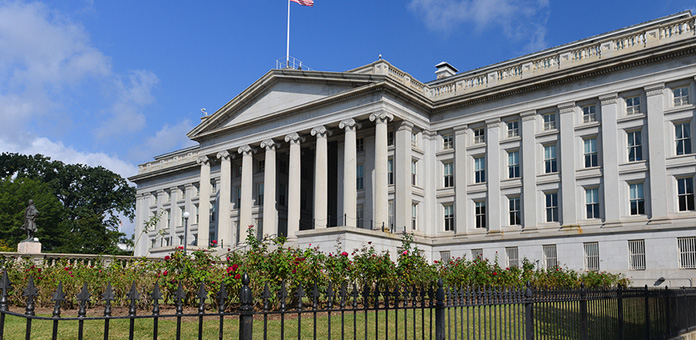
When you’re watching a movie and the doctor yells out, “Get me a crash cart, stat!” you know the patient is in big trouble. The procedure is a last-ditch effort to save the patient, and the outcome is always doubtful.
Lowest Yields in a Decade
With markets in turmoil, yields on U.S. Treasuries hit a 10-year low in early July. 1 In fact, the Treasury note closed at 1.36 percent for the first time ever on July 5, marking one of the most significant dips in global vital signs since the UK vote in June. 2 Rebecca Patterson of Bessemer Trust predicts that the yields could drop to below 1% within the next 3 years.
Adding to this market downward momentum is not only the persistent global financial problems of the past few years, but other developing bad news. These concerns include potential banking collapses in Italy, continuing drops in global bond yields, unknowns about China’s real economic status, and fears of a currency war.
Crash Cart for the Economy, Stat!
In the post-Brexit economic crisis room, central planners around the world are trying to figure out if it is time to call for their crash cart—negative interest rates. Unfortunately for many nations, such as Japan and several European countries, their teams have already implemented this measure and, yes, the outcome is quite doubtful.
Now, it is clear that the FOMC, rather than even considering rate hikes for 2016, is now evaluating the potential use of their last real monetary tool, charging its customers for funds it retains, or negative interest rates. The idea is that this extra expense will spur banks and financial institutions to get the money out in the economy, thereby spurring growth.
The Empty Tool Bag
While this increasingly dire prognosis of global economic health is causing a rush to safer asset classes such as gold and other precious metals, there is a bigger concern among the economic planners and central banks.
Essentially, the decade-long global financial malaise has slowly but inexorably taken one economic tool after another out of the hands of those planners. The use of negative interest rates is not even considered a desirable tool, since it eliminates any real flexibility in the use of central bank monetary policies. And, as with the crash cart, there are no other immediate measures to call on if they don’t work effectively.
Very Real & Dire Economic Concerns
Long-term investors in gold have seen this lack of options coming and have increasingly been buying gold and silver. Additionally, post-Brexit conditions are now causing even those who have eschewed precious metals to view this asset class in a new light.
While gold has always been viewed as interest rate-sensitive, the concerns over safety have overridden concerns over near-term returns for long-term value. The oft-discussed issue of overinflated paper currency supporting vast oceans of global government debt with continued massive deficit spending is now an immediate danger, especially with increasingly powerless central banks.
The key question for many gold traders is just what will happen to prices when the next shock hits the world economic system. For them, the question is not if, but when this crisis will occur, and not if demand for and prices of gold and silver will rise, but by how much?
Additional Sources
2 – http://www.wsj.com/articles/government-bond-yields-in-u-s-europe-hit-historic-lows-1467731411

